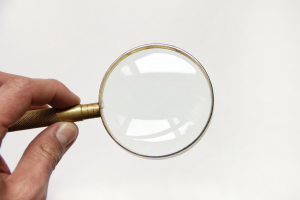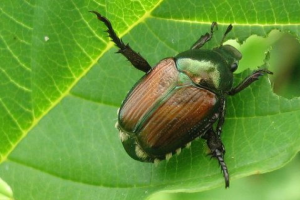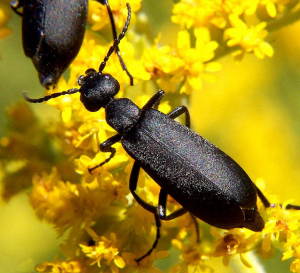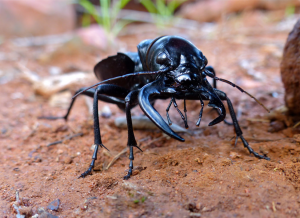 It’s common to freak out when you see a beetle in or near your home. Nobody wants them inside. However, did you know that these little critters play a very important role in the balance of our ecosystem? Losing just one species of insect can disable our ecosystem, which could eventually lead to the extinction of the human race. When thinking of a well-known insect, the beetle, it’s natural to wonder whether it’s a good one…or a bad one.
It’s common to freak out when you see a beetle in or near your home. Nobody wants them inside. However, did you know that these little critters play a very important role in the balance of our ecosystem? Losing just one species of insect can disable our ecosystem, which could eventually lead to the extinction of the human race. When thinking of a well-known insect, the beetle, it’s natural to wonder whether it’s a good one…or a bad one.
Observation is the Key

Yes, there are good and bad beetles, and they are distinguishable from each other. While this knowledge is not immediately available to anyone other than scientists and experts of entomology, it is important for you to use your observation skills when identifying a bug. Look to see if there is damage on the leaves or stems of the plant the bug is clinging to. This basic indicator can help you decide if you need a professional extermination service. If there is damage to vegetation, they are not your friend. If no damage, the insect might be more of a friend than you think.
Here are some signals to look out for when determining if a beetle is good or bad.
The Bad Beetles
- Japanese Beetle – The Japanese beetle can be considered the most despised of all beetles since they are most known for their ability to destroy an entire farmland by devouring plants’ leaves and flowers.

- Black Blister Beetle – This beetle can be a little tricky to spot since they come in a various range of colors and patterns. The black blister beetle is a nuisance because it excretes harmful substances that can irritate or burn human skin.

The Good Beetles
- Tiger Beetle – Despite the name, the tiger beetle can be your ally when it comes to exterminating harmful pests loitering in your field. They are the prey to most harmful insects such as aphids. They are particularly plentiful during the autumn season.

- Lady Beetle – There are far too many species of lady beetles to count, but they are our friend since they feed on many pests such as aphids and mealybugs.

While insects are not particularly fun to look at, take a good look so that next time you see a beetle, you can know ahead of time why it’s nearby.
You think you’ve seen a bad beetle? Tell us about it on our Facebook page!

Recent Comments